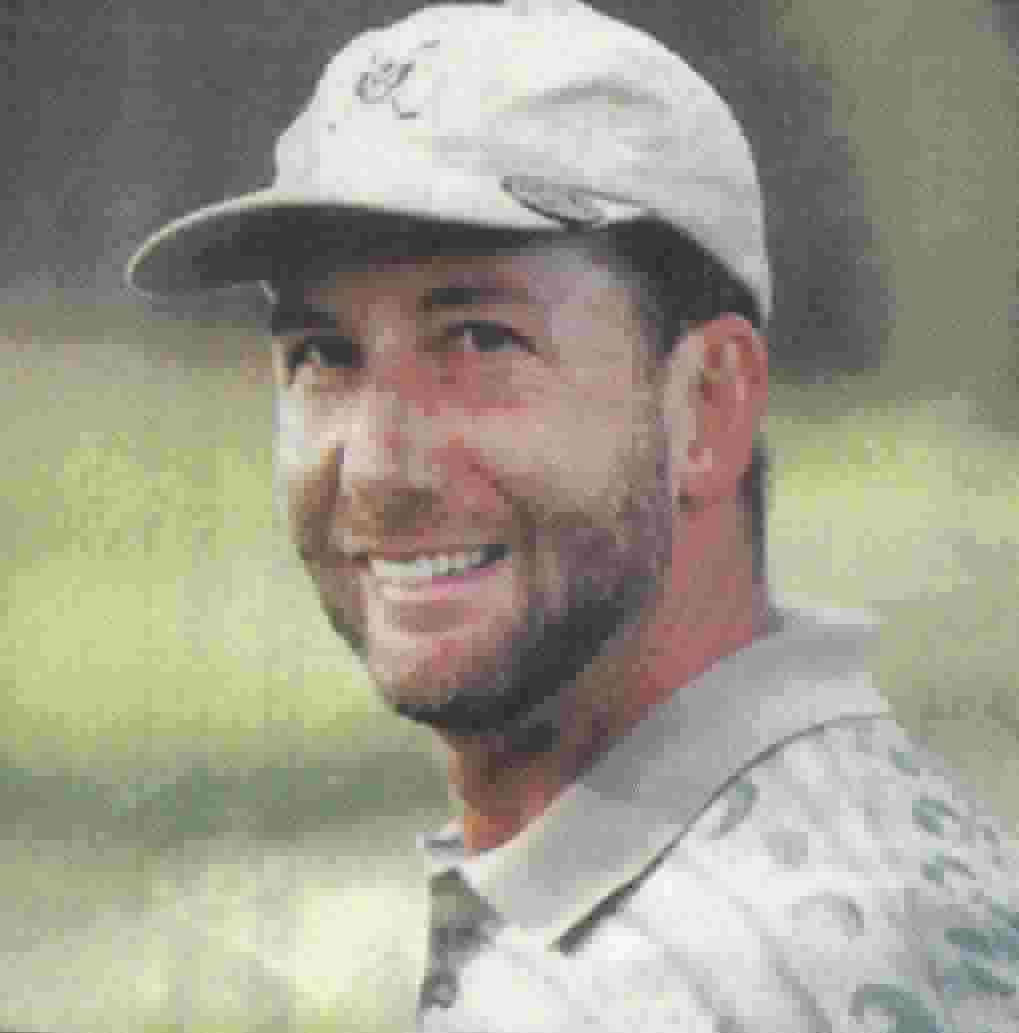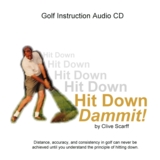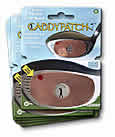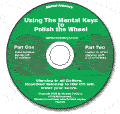The Short Game Part 5: Partial Wedges, All
Feel?
Read
other Parts from the
Technology & Distance
series and Short Game
series here, Archives.
If you'd
like one on
one explanations
about the topic,
sign up for the PGI
Member Select Club and
I'll answer all your
questions in a prompt,
thorough fashion.
Now on to this week's
topic.
V. How
do you successfully
hit those partial
wedge shots?
In
my first four newsletter
in this series,
I've focused on
putting improvement.
Today's newsletter
will deal with
hitting partial
wedge shots.
A
short 40 years
ago, the game of
golf was totally
a feel game. Players
didn't even pace
of yardages and
know actual distances.
They looked at
their targets and
selected their
club based on the
conditions and
feel (how the target
looks).
Today,
PGA pros know exact
yardages and are
much more scientific
in their approach
to the game. They
know how far they
hit each club,
on average, and
base full shot
club selection
on them. Partial
shots, however,
are different.
Successful execution
is more dependent
on feel. How much
of a swing should
be taken? How much
effort?
How
many partial wedge
shots are you required
to hit in an average
round of golf?
Quite a few I would
assume. It is often
said that 100 yards
and in is what
sets apart the
great players from
the mediocre players.
If
you are a low
handicap player
that plays
quite often,
you probably hit
your
partial wedge
shots mainly based
on
feel. I used
to do the same.
Once
I had a family,
however, I know
longer had the
time to practice.
I found my partial
wedge game becoming
more of a challenge.
So,
I developed a system
so as not to rely
so much on feel!
The
concept is simple.
Keep the swing
simple by reducing
its length, that's
all. For partial
wedge shots, I
take half swings
and 3/4 swings.
That's it, only
two different swings
for all my partial
wedges.
On
half swings, my
hands
go as
far back as about
waist high (my
wrists are not
fully cocked
at
this point).
On 3/4 swings,
my
hands go as far
back as about
shoulder height.
The
only thing that
varies is how much
I choke down on
the club. I carry
two wedges: a 60
degree and a 50
degree. When I
fully choke down
on the 60 degree
(my right hand
index finger and
thumb are close
to the shaft),
and I use a half
swing, the ball
travels 30 yards.
A 3/4 swing hits
the ball 40 yards.
I don't feel at
all taking a full
swing when full
choking down on
the club.
I
choose to stick
to a half swing
whenever possible
because I am more
consistent with
it given that it
is shorter (I have
more control).
Below in the table
is how I hit the
ball various distances
with my partial
swings.
Distance |
30 yd |
40 yd |
50 yd |
60 yd |
70 yd |
80 yd |
90 yd |
60 degree |
1/2:
full |
1/2:
2 in |
3/4:
full |
3/4:
2 in |
|
|
|
50 degree |
|
|
|
|
3/4:
full |
3/4:
1 in |
3/4:
2 in |
Referring
to the table above,
for a 40 yd shot
I prefer to hit
a 60 degree with
a half swing choking
down so that my
right hand forefinger
and thumb are about
2 inches above
the shaft (1/2:
2 in). If I were
to hit a 35 yard
shot, the swing
length and effort
would be the same
but I would choke
down so the my
forefinger and
thumb are about
1 inch above the
shaft.
At
50 yd, I switch
to a 3/4 swing
fully choking down
on the club (3/4:
full). I could
also attempt a
half swing with
no choke (1/2:
4 in), but I am
not as successful
with his option.
At
70 yd, I switch
to a 50 degree
wedge and a 3/4
swing, fully choking
down. About every
inch less of choking
down equates to
about another 10
yards of distance.
I hit my full 50
degree wedge 110
yards.
Your
various distances
will probably differ
from mine. It depends
on what wedges
you're playing
and what your swing
speed is like with
those wedges. Get
out and experiment.
Take 10 balls and
hit them with a
half swing and
full choke. See
how for the ball
flies. Then choke
up 1 inch and repeat
to see how much
further the ball
goes. Then try
the same with 3/4
swings. You'll
get a good idea
of which type of
swing (1/2 or 3/4)
you prefer to use
for various distances.
If
you have any questions
to clarify the
method that I use
for partial wedges,
feel free to send
me an email and
I'll do my best
to answer.
Next
time, I'll provide
you with more
great tips dealing
with wedge play.
How do you hit
a high lob shot
without a lot of
wrist action?
Purchase
my Longest
Golf Ball Report (over
300 sold so far)
in which I statistically
analyze
distances
of over 90 different
golf balls with
differing constructions.
The balls were
hit
using a mechanical
hitting machine.
Play
with my Driver
Distance Calculator.
You can input such
variables as loft
and clubhead speed
to determine the
optimum loft. I'll
be adding to it
soon so that you
can input different
golf ball parameters
such as speed and
spin.
A list of resources that have been used to produce this newsletter
can be found on my
website here.
The next newsletter's topic will be on wedge play. If you
have any questions
ahead of time, send
me an email.
The focus
of my site
is to utilize science
and math to lower
your score. New technology
is one
way to achieve this,
but to be honest,
the technology is
one small piece of
the puzzle.
To actually improve significantly,
we all need to:
1. Improve our swings using CD
Interactive, Hit
Down Dammit!
2. Learn how to swing simpler
like the Iron Byron
with the great coffee
table book, Swing
Machine Golf!
3. Improve our physical fitness
and strength.
The
Golf Trainer Power
Performance Programô
4. Improve our mental games.
Golf
Mind Software
5. Improve our Probable
Golf games.
Learn how to make better
choices on the course
through knowing how
shot patterns and reading
the elements and course
better.
Click on the links above to
take a look at
ways that I personally
use myself and
recommend you try
as well.
Hope
I provided some useful
ways for to become
better prepared for
you best golf season
ever.
Ken Tannar
If you'd like to opt out of this newsletter, send
me an email with the subject "opt
out, please"
|











